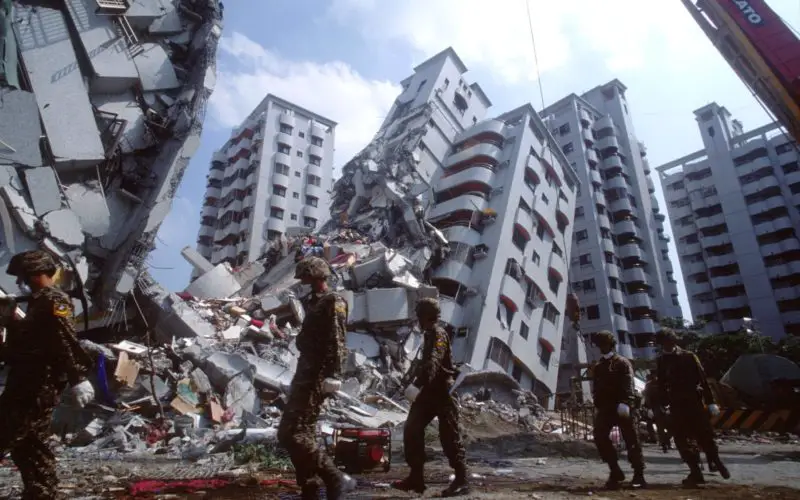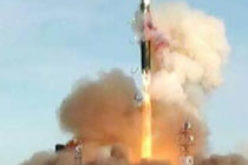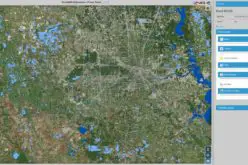Advancing AI-Driven Earthquake Preparedness with Remote Sensing Technology

Artificial intelligence (AI) and advanced remote sensing technologies are revolutionizing earthquake preparedness, shifting strategies from reactive responses to proactive forecasting and real-time reconnaissance. These innovations enhance emergency response efficiency and bolster long-term resilience planning, making AI-driven earthquake preparedness a key focus area for researchers and disaster management authorities.
Advancements in Earthquake Early Warning Systems
The ShakeAlert® Earthquake Early Warning System exemplifies the integration of AI in seismic activity monitoring. Between 2019 and 2023, ShakeAlert® issued 95 alerts for earthquakes of magnitude 4.5 or higher, achieving a 94% confirmation rate. However, the system also recorded seven false alerts and missed four significant events, highlighting areas for improvement in network coverage and precision.
To address these challenges, researchers are developing AI-driven forecasting models that analyze large-scale geophysical datasets to enhance prediction accuracy. For instance, deep learning models and neural networks are employed to detect seismic anomalies, offering a more nuanced understanding of earthquake precursors. These advancements are integral to AI-driven earthquake preparedness, allowing for better risk mitigation strategies.
Also Read – Towards Earthquake Early Warning Systems: Insights from Satellite Data on the 2023 Türkiye Earthquake
Transformer-Based Building Damage Assessments
Rapid assessment of structural damage is crucial for effective emergency response in the aftermath of earthquakes. Transformer-based AI architecture models are being utilized to analyze satellite and aerial imagery for swift and accurate building damage evaluations.
These models can process vast amounts of visual data to identify affected structures, thereby informing rescue operations and resource allocation. Such real-time analysis is vital for AI-driven earthquake preparedness, ensuring quicker and more effective disaster response.
Cost-Benefit Analyses for Seismic Resilience
Integrating AI with cost-benefit analyses (BCA) facilitates data-driven decision-making in seismic resilience planning. By simulating various earthquake scenarios and their potential impacts, AI models help policymakers and urban planners prioritize investments in infrastructure reinforcement and disaster preparedness initiatives.
This approach ensures that resources are allocated effectively to mitigate risks and enhance community resilience. The ability to conduct predictive assessments through AI-based simulations is a game-changer for AI-driven earthquake preparedness, enabling smarter investments in disaster mitigation.
Conclusion
The convergence of AI and advanced remote sensing is transforming earthquake preparedness from a reactive to a proactive endeavor. By improving early warning systems, enabling rapid damage assessments, and informing strategic planning through cost-benefit analyses, these technologies are pivotal in enhancing seismic resilience.
Continued interdisciplinary collaboration and technological innovation are essential to further advance these capabilities and safeguard communities against the devastating impacts of earthquakes. With continuous improvements in AI-driven earthquake preparedness, the future of seismic resilience looks increasingly promising.
Source: Open Access Government, Time











The article rightly highlights a key shift: acting before an earthquake, not just reacting after. I believe this preventive mindset is crucial far beyond this field, AI-assisted or not. We often forget the importance and benefits of prevention in many areas of life – a prime example being healthcare, where AI also has significant potential to contribute.